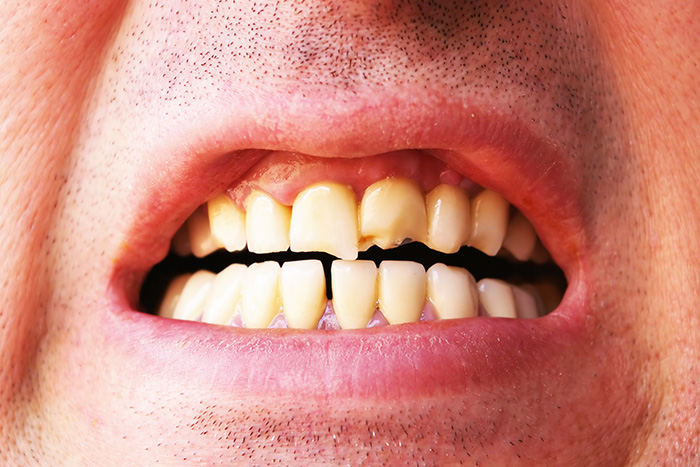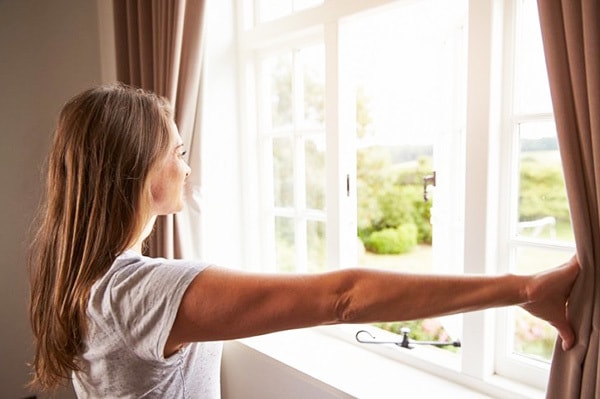According to the Environmental Protection Agency or EPA, indoor air is more polluted than outdoor air. They add that air indoors may contain up to 5 times more impurities than that found outdoors — up to a hundred, in some instances. Because you are breathing anywhere from 10,000 to 70,000 liters of air every single day for your existence, the importance of breathing in clean air cannot be stressed enough.
So how can you tell whether or not air inside your abode is clean? According to experts, there are a few warnings signs that you may look for. If you find any or several ones of the following to be true, then it’s very much likely that the quality of air you are breathing indoors is more contaminated than air outdoors:
- You feel so much better when you’re spending time away from home. Do you notice that you are suffering from allergies or infections whenever you are spending hours in the comfort of your own home? Chances are that indoor pollution is the culprit behind your feeling under the weather.
- There is evidence of mold being present in your home. Basically, mold growth stems from moisture problem. The presence of mold, needless to say, is a sign that the air you are breathing at home is not clean. You don’t really have to comb your entire home just to look for mold — your sense of smell is usually enough to help determine whether or not there’s mold in your residence.
- Your abode smells stuffy or old, or like something else that’s not pleasing. If your home doesn’t smell particularly nice, it’s very much likely for its ventilation to be bad, which is something that contributes to poor indoor air quality. No amount of air fresheners or deodorizers can seem to get rid of it.
- Dirt forms near or around your home’s cooling or heating units. The presence of dirt near cooling or heating components is usually a sign that the air filters are no longer in tip-top condition. So where do dirt that cannot be filtered out go? Back to your living spaces and ultimately in your lungs!
If you feel that the air you breathe indoors is not clean, it’s a good idea to get in touch with the experts for the necessary testing. Otherwise, you are only putting your health at risk!
Medical professionals say that breathing in poor quality indoor air is linked to a lot of health nightmares, short-term and long-term alike. You may suffer from the likes of headaches, fatigue, dizziness and even depression. Eye and skin irritations are very much likely, too. Definitely, you may end up with problems concerning your respiratory system, such as asthma, allergies, sore throat and others.
Breathing in air with highly poisonous contaminants may in fact cause all sorts of problems that may show up years from now. Some of them are reproductive disorders, heart disease, respiratory issues and even cancer!
So what are some of the things that you may do to help ensure that the air you breathe inside your own home is clean? Follow these really simple tips:
- Improve ventilation. Consider opening windows to permit air in and allow dirty air inside to escape. Doing this will also help get rid of any unfavorable smell inside your home.
- Quit adding to the problem. Smoking and the use of certain household cleaning products or air fresheners — these emit toxins and actually make the air you breathe indoors even more polluted.
- Use activated charcoal or salt lamps. If you have the budget, invest in air filters with activated charcoal or carbon. Installing a salt lamp is also a wonderful idea.
- Decorate with houseplants. There are many air-purifying plants that you can place inside your home. Some good examples are chrysanthemum, peace lily, English ivy, butterfly palm and cornstalk.
Source: naturallivingideas.com







